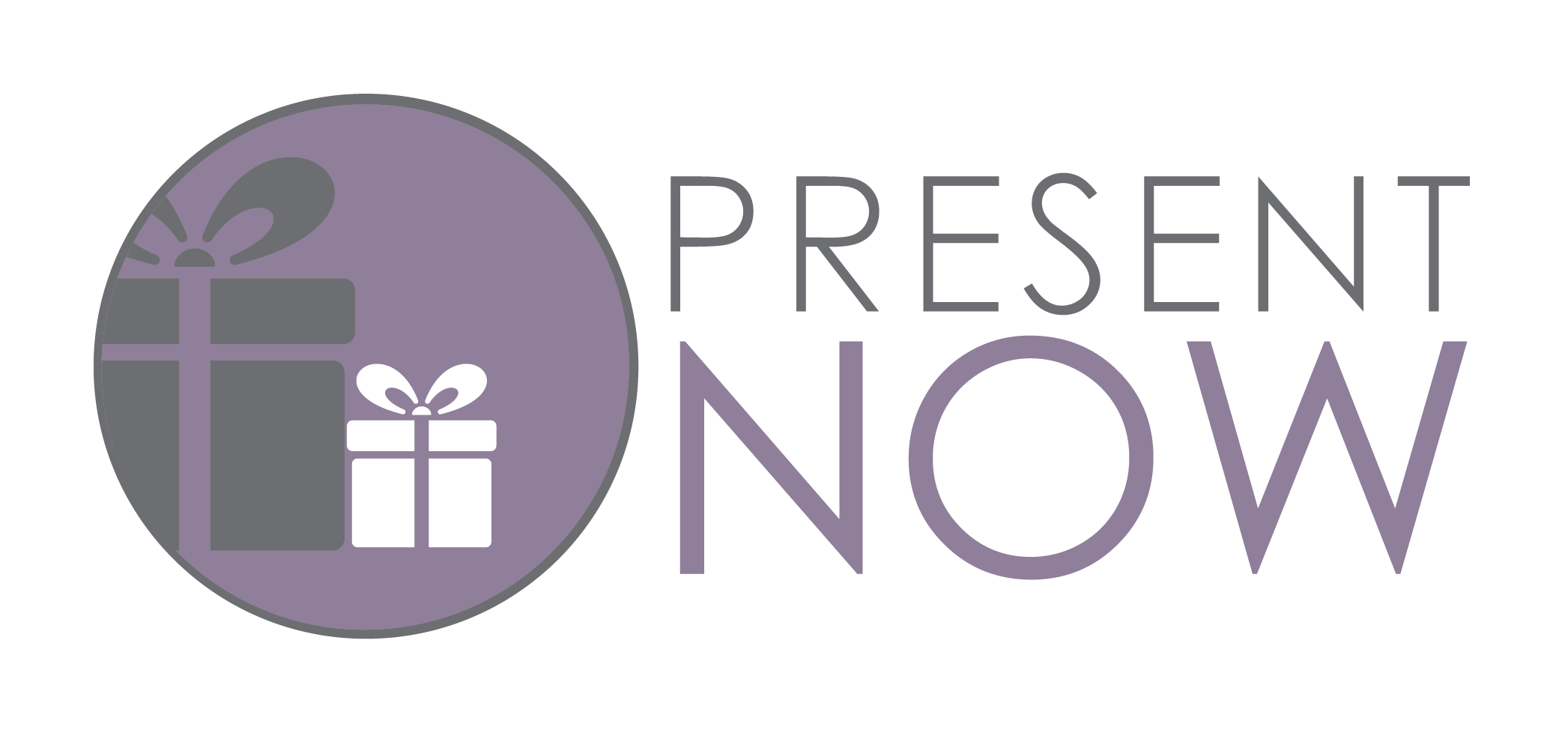
Exposure to violence and trauma can cause different effects depending on the person’s age. As children age and make their way into the world, they may see violence in schools and in their communities. In communities with high levels of violence, children may view violence as normal and seem unfazed by it. However, witnessing violence can cause psychological and physical effects that last into adulthood [1].
After 20 years of working with children, adults, and families as a Licensed Clinical Social Worker, Arturo Diaz recognized that trauma and violence disproportionately affected the lives of boys and young men of color (BYMOC) in a never-ending cycle of violence. In response, Arturo started counseling perpetrators of domestic violence and organized and promoted his first men’s healing group in 2008. Motivated by the need for more groups like this, Arturo began to share his story with the community at large, including Laura’s House, a PRESENT NOW shelter partner. This led to the organization of his very first men and healing conference in 2019 which included 50 men of color.
Arturo’s work in rehabilitating men and boys and speaking about his experience caught the eyes of PRESENT NOW staff and lead to him becoming the first male recipient of PRESENT NOW’s Founders Circle Award at the 3rd Annual Give Love & Be Loved Gala:
“There is still a side of me that struggles with believing that I am worthy of good things. I guess that’s what trauma does to you. We learn to shatter the very pieces that we worked so hard to collect and restore, only to foolishly attempt to put those pieces back together…
In accepting [the Founders Circle Award…[I] recognize the amount of hurt that men have caused and it reinforces my commitment to work with healing men and boys to break the cycle of hurt and putting a stop to intimate partner violence and child abuse.”
Source: John Rich, MD, MPH Center for Nonviolence and Social Justice Drexel University, “Moving Toward Healing: Trauma and Violence and Boys and Young Men of Color.”


